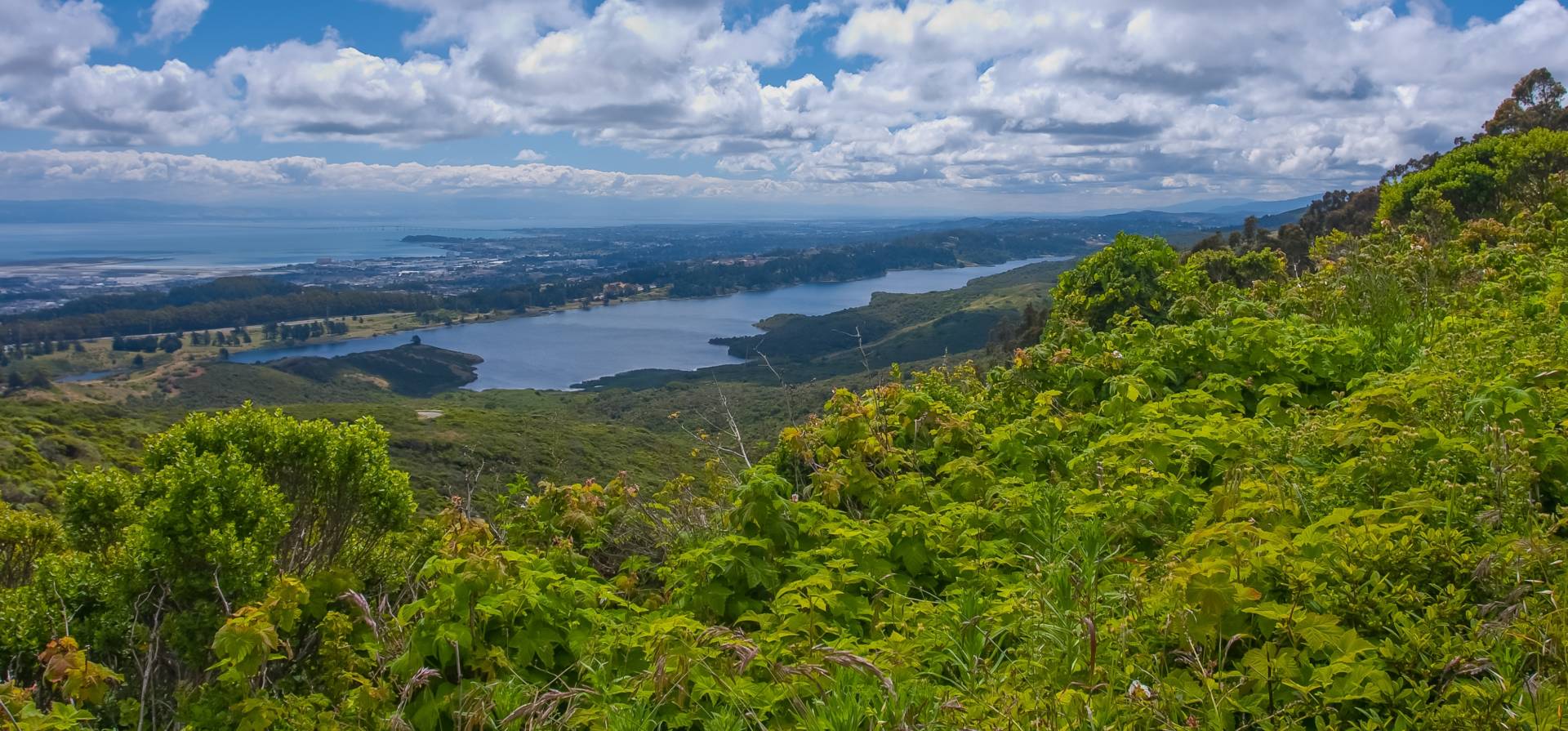This fall marks the 250th anniversary of a historic event that led to some profound consequences for California’s native people and European settlers: the first sighting of San Francisco Bay by Spanish explorers.
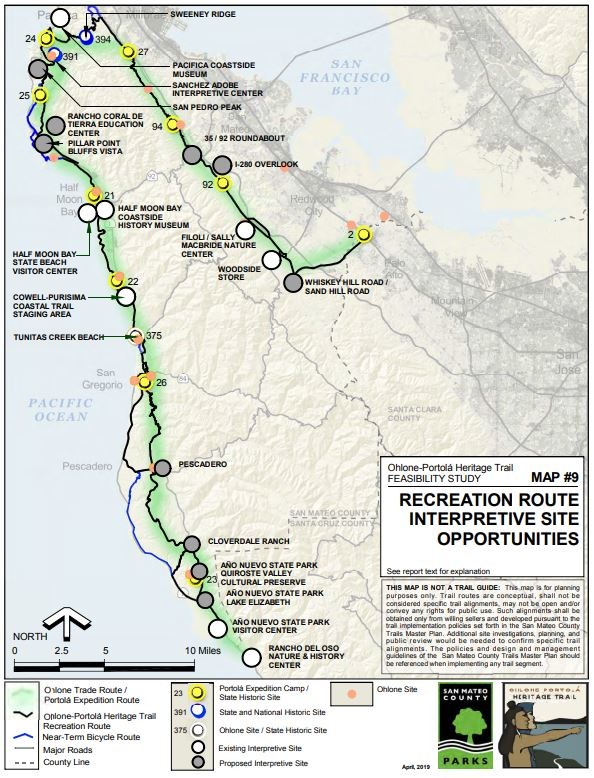
Now, a new effort led by San Mateo County is looking to commemorate the event with the Ohlone-Portola Heritage Trail — a 90-mile trail that will trace the steps of the Spanish expedition.
The signs aren’t up yet, but half of the heritage trail already exists. It winds through local, state and federal parkland in San Mateo County. On an existing trail on Sweeney Ridge, a hilltop between Pacifica and San Bruno, you can see what Spanish captain Gaspar de Portola and his men saw for the first time on Nov. 4, 1769: nearly all of the San Francisco Bay.
"With the discovery of the bay and this beautiful harbor, their entire idea about how they were going to set up their colony changed," said Mitch Postel, president of the San Mateo County Historical Association.
There’s a good chance the Spaniards wouldn’t have even seen the bay if it were not for a huge assist from the native Ohlone tribes.
According to diaries kept by men on the expedition, the story goes like this: Portola and his men were traveling on land from Baja California to Monterey Bay, where they would reunite with a supply ship. But when the expedition got to Monterey Bay, they failed to recognize it and — after seeing no ship — continued north.
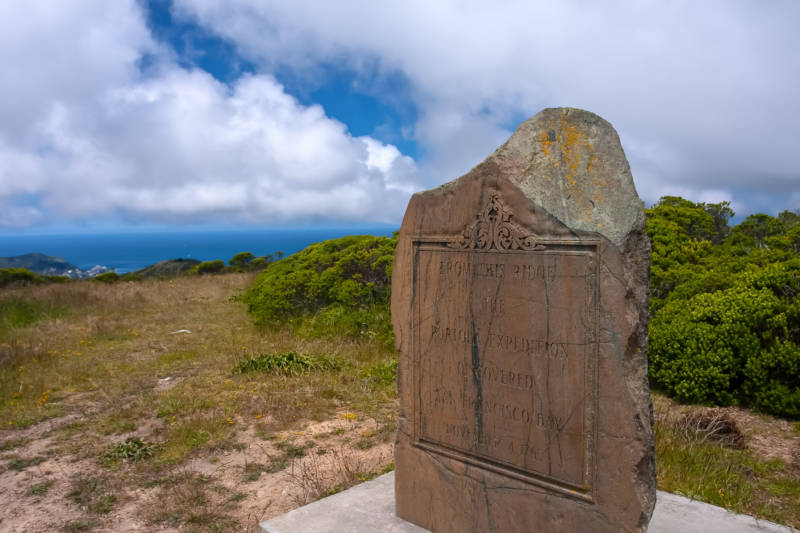
Near the southern tip of San Mateo County, they came across an Ohlone tribe who indicated to the Spanish that they were near a large bay.
"The Ohlone were quite gracious to these strangers on horseback, carrying weapons," said Sam Herzberg, a senior planner with the San Mateo County Parks Department. "[The Ohlone] were not quite sure what their motivations were, and they led them 50 miles up the San Mateo coastside."
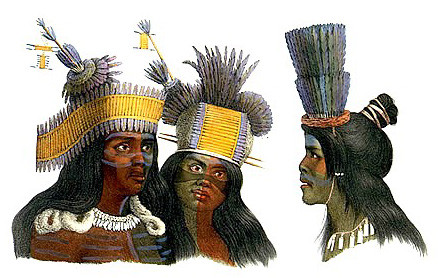
Herzberg said the heritage trail, which follows Ohlone trade routes, will include several interpretive signs that will tell the story of this fateful meeting: both from the perspective of the Ohlone and of the Spanish.
The San Francisco Bay discovery site is already a registered California Historical Landmark and on the National Register of Historic Places. But the markers that recognize the site currently do not mention the critical involvement of the Ohlone tribes.
Jonathan Cordero, chairman of the Association of Ramaytush Ohlone and a member of the trail committee, said he’s involved with the project to lend a voice to his ancestors and make sure their version of events is heard, too.
"The Portola expedition marked the beginning of the end for the Ohlone people and for California Indians along the coast from Sonoma to San Diego," said Cordero.
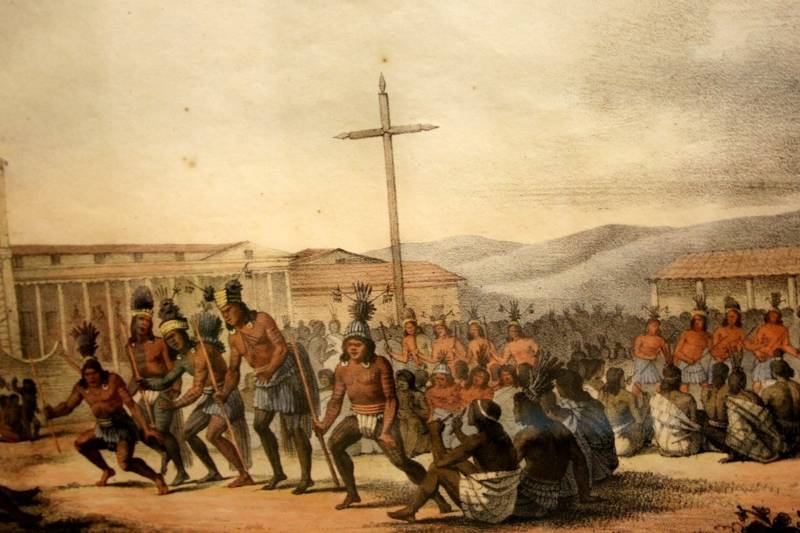
When the Spanish returned to the Bay Area a few years later to colonize, the same Ohlone tribes that helped the expedition were coerced into the mission system. That ultimately led to the extinction of the native Pacific Coast people's way of life.
Something to think about as you hike the open portions of the Ohlone-Portola Heritage Trail.
On Oct. 26, the San Mateo County Historical Association is hosting a ribbon-cutting at the Sanchez Adobe Historic Site, a new interpretive center along the Heritage Trail in Pacifica.
